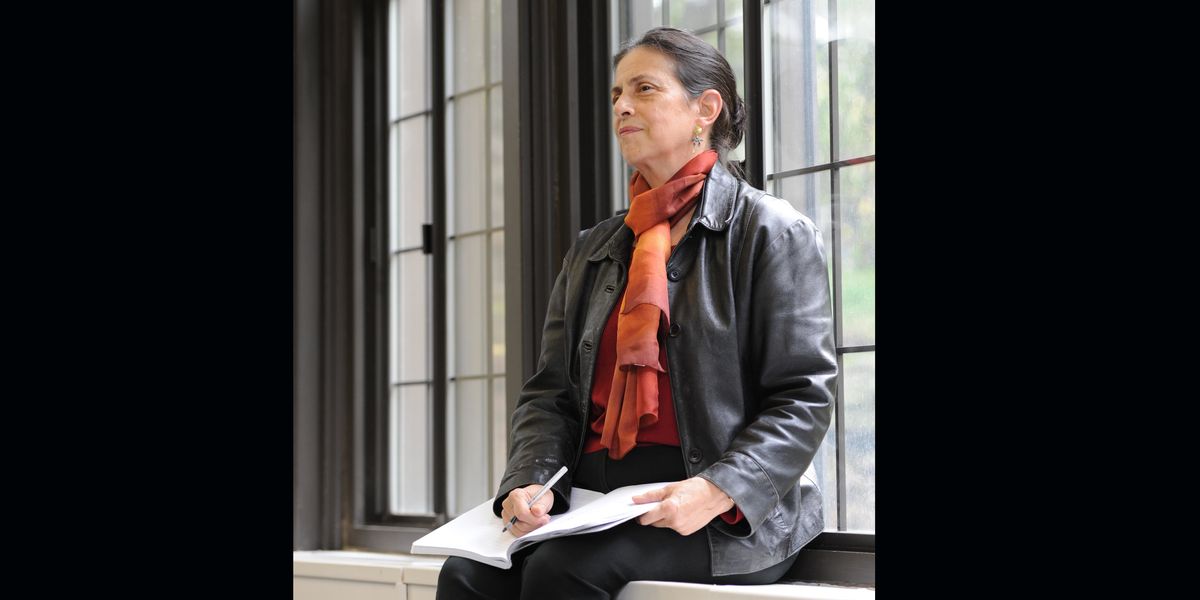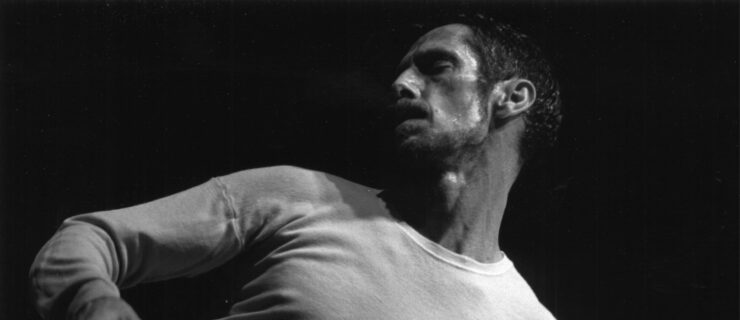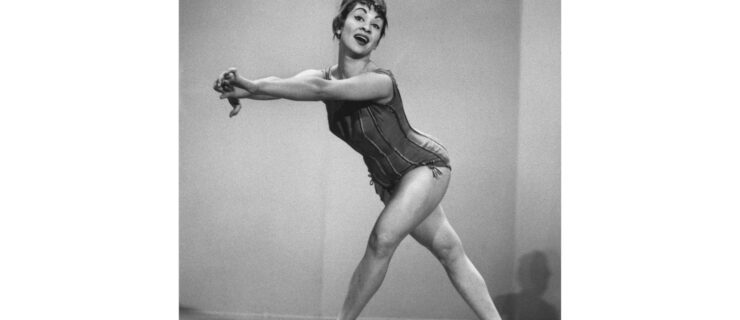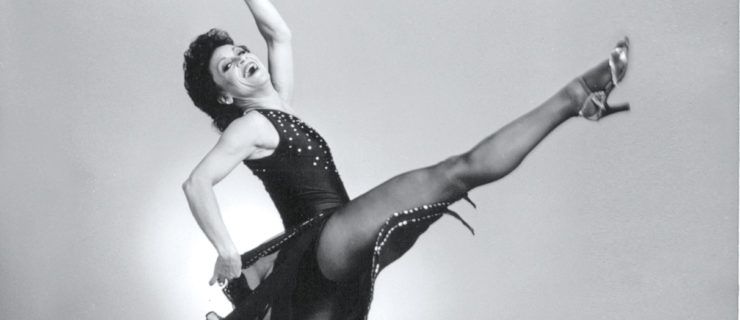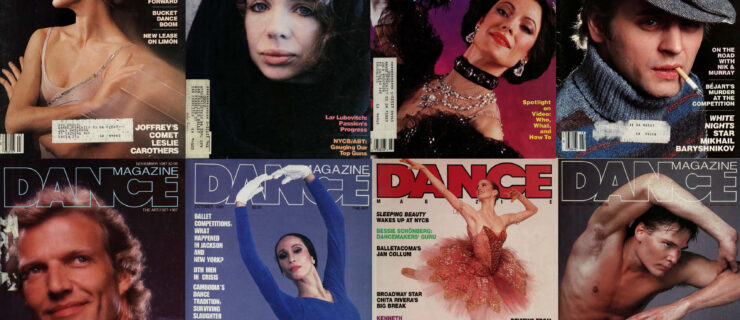Former Dance Magazine Writer Rose Anne Thom Dies at 72
Dance historian, writer and educator Rose Anne Thom passed away from cancer last month. She was 72 years old. Thom was born in Montreal, where she trained in dance and studied at McGill University before moving to New York. Thom first wrote for Dance Magazine in 1968.
Thom was an educator at Sarah Lawrence College for more than 40 years. She began in 1975 as guest faculty and became full-time two years later, teaching dance history, Labanotation and pedagogy for both undergraduate and graduate students. She also served as dance program chair and as associate dean of studies during her tenure. She retired in 2015 and was named faculty emerita by the board of trustees.
In addition to her dance criticism for Dance Magazine (read a few of her reviews here, here and here), she wrote for Collier’s Encyclopedia, Jewish Women in America: An Historical Encyclopedia, International Dictionary of Ballet and The Forward. As an oral historian for the Dance Research Collection of the New York Public Library for the Performing Arts and the School of American Ballet Oral Preservation Project, she interviewed many dance artists including Julie Kent, Kevin McKenzie, Ethan Stiefel, Bessie Schoenberg and Sara Rudner.
Rudner, former chair of the SLC dance department (and 2009 DM Awardee), first met Thom during an oral history interview in 1995, and the two reconnected when Rudner joined the SLC faculty in 1998. “From then on Emily (Devine), Rose Anne and I became the three weird sisters. We were an interesting balance of forces that worked together to shape and run the dance program. Rose Anne had institutional knowledge that was extraordinarily helpful. She was central to all of the things that I ever thought of doing at SLC.”
Rudner says Thom was a fierce advocate for the dance program, and her approach to dance was inspiring. “She was the person who put into words what I’ve always intuitively known but could not express: Dance is a way of knowing. In an academic situation where verbal and written communication are so highly favored, she believed that dance—not words, not writing—dance, the language of movement, is central to our humanity.”
Thom’s colleague and former SLC dance faculty member Emily Devine says, “She had this fervent belief in the power and value of dancing as an educational practice. She saw herself as a citizen of the college community and was extraordinary in that way.” Devine says Thom participated in every aspect of the college and had made lifelong friends with faculty, students and staff. “She embraced being in that academic environment without ever compromising herself for the art. It was rare.”
Mercedes Searer, a former student of Thom’s, says, “She was incredibly rigorous and very spirited. That was a contagious thing that got you excited about learning. She could just make any small piece of information as an entire world unto it. And she wasn’t just a scholar academically on paper, she was a mover.”
Another former student, Aaron Mattocks, dance artist and Joyce Theater director of programming, recalls: “Rose Anne brought movement to language, and language to movement—writing about dance was elevated, in her purview, to simply writing. There was no caveat. She taught me (and everyone who studied with her) how to write, and how to write better, which was inseparable from how to dance better, and how to live better.”
With such a long tenure at Sarah Lawrence, Thom was a mentor, advisor and teacher to so many who have continued in the field of dance and, having been impacted by her approach, have carried her with them through their careers. Additional former students of Thom’s include Pam Tanowitz, Rashaun Mitchell, Pepper Fajans and John Jasperse, the current director of the SLC dance department. (Thom was part of the selection committee who chose Jasperse in 2016.)
Mattocks says: “She had a profound effect on my curiosity, my intuition and the path that my life would take. I can trace every moment and relationship in my professional life back, like a tree’s roots, to Rose Anne.”
Mattocks remembers that Thom once saw him perform at Jacob’s Pillow and at Hartford Stage with Mikhail Baryshnikov. “I couldn’t wait to get offstage to dinner so I could hear what she thought of the piece. Never so much about my performance, but about the work itself. Like we were writing the piece again in real time together. I was always eager for her conversation, and her questions.”
Her fervor for the depth of dance was profound. Devine says, “Rose Anne was absolutely convinced of the value that the act of dancing had in increasing people’s intelligence. Dance has a really powerful and important role in education and in making people wiser. That was her baseline.”
